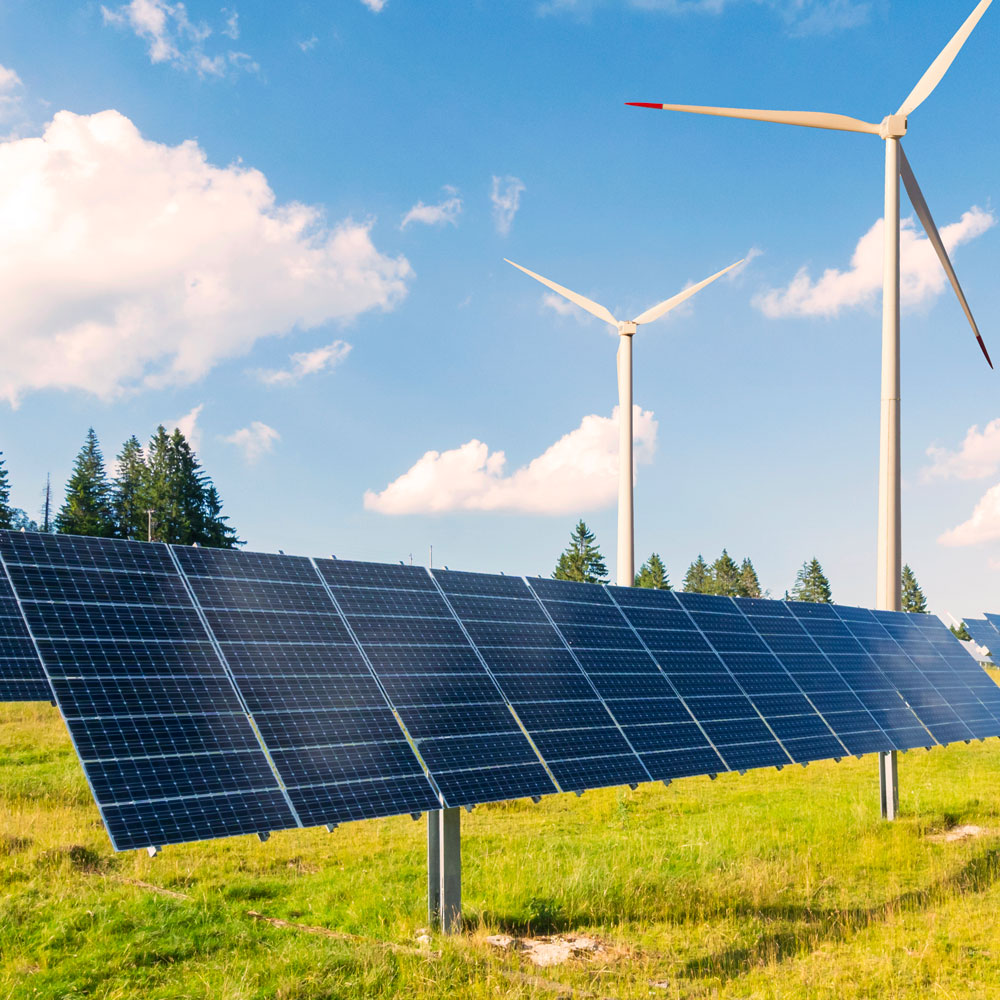Alberta is Rapidly Decarbonizing its Power Grid
By Evan Bahry for UTILITYnet
www.linkedin.com/in/evan-bahry
![]()
Alberta’s power sector is expected to achieve a remarkable 61% reduction in greenhouse gas emissions from 2005 to 2030, twice the commitment made in the Paris Accord.
Alberta’s power sector is forecast to reduce GHGs by 61% from 2005 to 2030, which is twice the Paris Accord commitment. This is remarkable, but there is a catch.
First, the good news.
Alberta remains the easiest province in Canada to add renewables thanks to its open power market and strong solar and wind resources.
To the point, the Alberta Electric System Operator’s May 2023 Long Term Adequacy Report noted that of the 6,300 Megawatts (MWs) of supply currently under construction in Alberta, 3,467 MWs, or 55%, are wind or solar. 3,467 MWs is nearly equal to SaskPower’s total generation capacity of 3,968 MWs.
“The Pembina Institute recently noted that Alberta is home to ¾ of all new wind and solar generation built in Canada in 2022.”
The Pembina Institute recently noted that Alberta is home to ¾ of all new wind and solar generation built in Canada in 2022.
2022 marked the first year in Alberta, where energy from renewables exceeded energy from coal. Clearly, wind and solar generation are profound Alberta success stories.
It’s also true that decarbonization in Alberta’s power market has been long underway. Almost ten years ago, in 2014, the amount of gas generation in Alberta exceeded the amount of coal generation. The shift to gas has enabled massive strides in decarbonization. Gas generation emits less than half the GHGs of coal. This shift occurred because gas generation is easy to locate across the province thanks to Alberta’s gas production and pipelines, has lower capital cost than coal, and carbon prices were rising as a signal to get off coal. Customer choice has also enabled large consumers to build on-site cogeneration to produce both steam and power. At present, Alberta has +5,000 MWs of cogen at oilsands, upgraders, petchem plants, and universities. This is remarkable considering the province’s ~10,000 MWs of average demand.
Alberta’s power grid is decarbonizing, but there is a catch.
Even with the addition of renewables and the shift off of coal, the power sector is forecast to emit ~20 MT/year by 2030. Furthermore, Alberta simply cannot meet demand on wind, solar and storage alone. Renewables can reduce emissions, but gas-fired generation will be required to ensure reliability. The two fuel types are symbiotic and are needed to keep the system in balance.
Bottom line: A 61% reduction in power sector GHGs from 2005 to 2030 is an Alberta success story.



